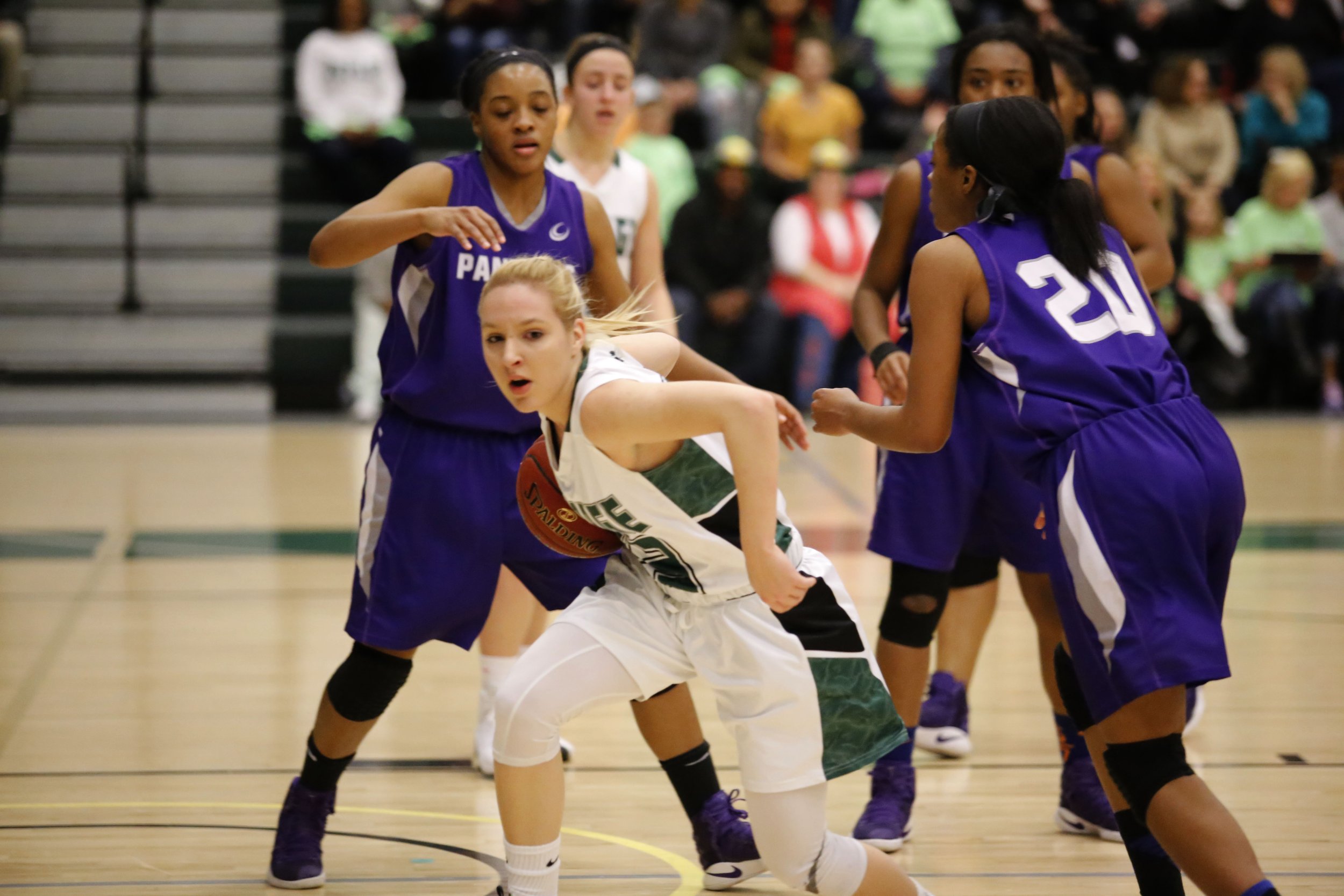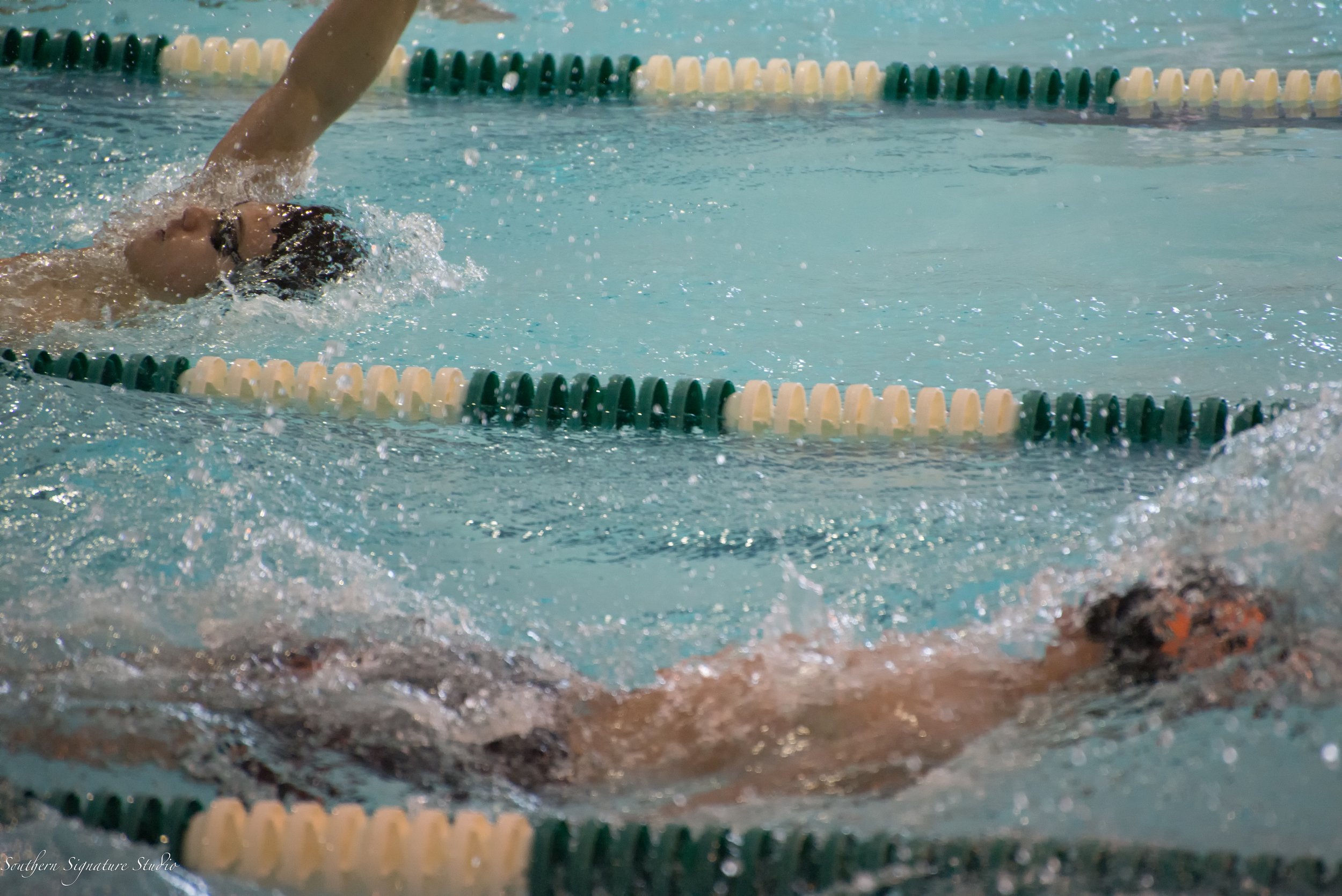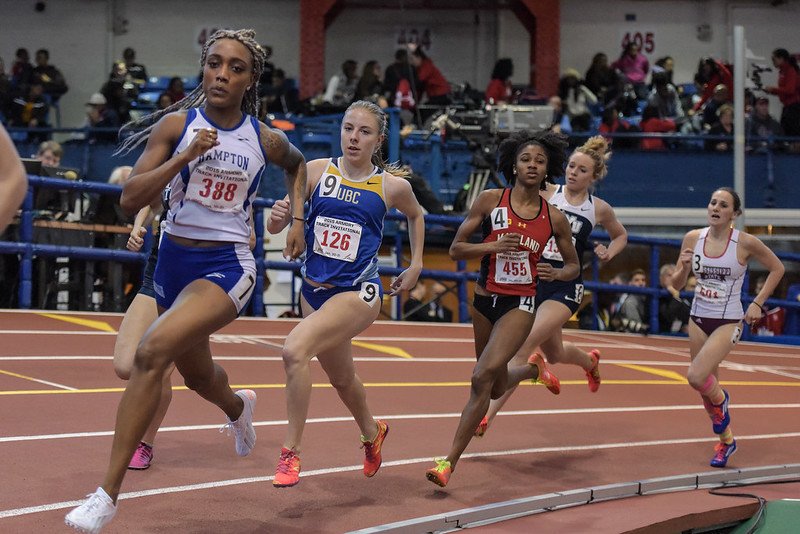Knowing the Different Types of College Offers
There are over 1300 divisionally affiliated colleges throughout the NCAA and NAIA. That is a lot of opportunities to play college sports. However, the amount of scholarship money available, and how it is given out to recruits is far away from what you may think. Contrary to popular belief fewer than 2% of scholarships for athletics are “full-ride scholarships” for athletics alone. Getting the best offer for you, is about knowing the landscape, and what it takes in order to get them.
Scholarships are offered verbally, but nothing is set in stone until an athlete signs an NLI (National Letter of Intent). At that point, the athlete normally enters into a one year agreement with the college that can be renewed.
What is a Full-Ride Scholarship?
Traditional full-ride athletic scholarships cover all the cost of attendance based on athletics. They are most common in D1 head-count sports but can be offered in almost any scholarship sport. Only D3 athletes cannot ever receive a full-ride athletic scholarship because it is the only division that does not give athletic scholarship at all.
What is a Partial Scholarship
D1 head-count sports (FBS Football, Men’s & Women’s Basketball, Women’s Volleyball, Women’s Tennis, and Women’s Gymnastics do not offer partial scholarships. Athletes either walk-on or receive full-rides. But everywhere else in college athletics, coaches have the option to offer partial scholarships. Since the amount of money they can give is not enough to provide scholarships to the full roster, they will often give partial scholarship amounts to many athletes instead of full-rides to only a handful.
For athletes with partial scholarships, other forms of financial aid will be provided or “stacked” on top of it to make college more affordable.
What is a preferred walk-on?
Many coaches will recruit athletes without offering them athletic scholarship. In Division 3 this is essentially how all recruiting is done. But even in D1 and D2 there will be recruits who are recruited this way. The coach will offer the athlete everything they would normally for a scholarship player, but do so without actually providing athletic aid. If you are able to get money for college via other sources, then a preferred walk-on spot can be just as great an option as some partial scholarship opportunities.
Coach Rob’s Note: Keep in mind, that walk-ons do not technically “sign” an NLI because that is only done if the athlete will be receiving athletic scholarship aid.
What is a Traditional walk-on?
If the coach is not offering you a spot on the team prior to you coming to campus, you are a traditional walk-on. Some athletes will attempt to walk-on after choosing the school. Others will try to do it even if the coach cannot promise that they will make the team. Either way, walking on is an option that some athletes will choose to pursue. But remember that walk-ons hardly ever get a fair shot to compete for the team. Coaches spend money to recruit so they often do not want to admit that a walk-on might be better than the other athletes they have invested in.
Coach Rob’s Note: Don’t go under-recruited! I put in the hard work for you to know exactly which colleges already want to recruit you, which ones will view you as a top recruit, and how to get their attention. Book a meeting with me, Coach Rob, and see how easy it can be to get the offers you deserve!
What does it mean to Redshirt?
A redshirt in college is when an athlete is on the team but not competing for a full year. They can be a part of all team activities but do not compete. This actually allows them to retain that year of eligibility to use later on in their career. Some athletes redshirt because they are low on the depth chart, others because they are injured, and some because of their academics.
What is a grayshirt?
Grayshirting is much less common. This is when an athlete is promised a spot on the team, but unable to join initially. Coaches typically will ask a recruit to enroll part-time so that none of their eligibility is being used. And after a semester passes they officially enroll full-time and join the team. The primary reason this happens is when the roster is already full, but the coach wants to find a way to have that athlete join the team anyway.
What is a blueshirt?
This is a very uncommon thing where a coach has offered all of their scholarships for a present season. They then wait until the athlete enrolls as a freshman and offer them a scholarship at that time. This means the scholarship will no longer count as a part of the incoming class, and instead be counted against the upcoming recruiting class. The challenges with blue shirting is that the athlete cannot have any athletic aid or take an official visit before joining the team. As a result most recruits won’t feel good taking a chance on the promise from a coach who didn’t want them enough to offer them initially.
What is a greenshirt?
This is most prevalent in college football where a recruit enrolls for college early. They may enroll in the spring after graduating high school a semester early. They are technically now in college but will not compete officially until the fall season begins. It is primarily done to help players acclimate to the rigors of college in time enough to be productive as freshmen.
Why Athletic Scholarship isn’t all that matters
The truth is that only 36.4 percent of college athletes receive any athletic aid. But less than 10 percent of that group is receiving a full-ride. Division 3 schools may not offer athletic scholarships, but most of them don’t need to. Many colleges can still offer competitive financial aid without it that may even be worth more than many D2 or even D1 offers. My advice is that if you are not being offered full scholarships, that you consider any coach that is recruiting you seriously, and see if what they can offer is a good fit for you.
Coach Rob is a recruiting expert and the Founder of SCA Recruiting. He is also the author of the book Winning the Ship: How to Win the College Athlete Recruitment Game. Available now on Amazon.

“93% OF HS ATHLETES DON’T PLAY IN COLLEGE… BUT I WILL HELP YOU BEAT THOSE ODDS. I GUARANTEE IT.”


